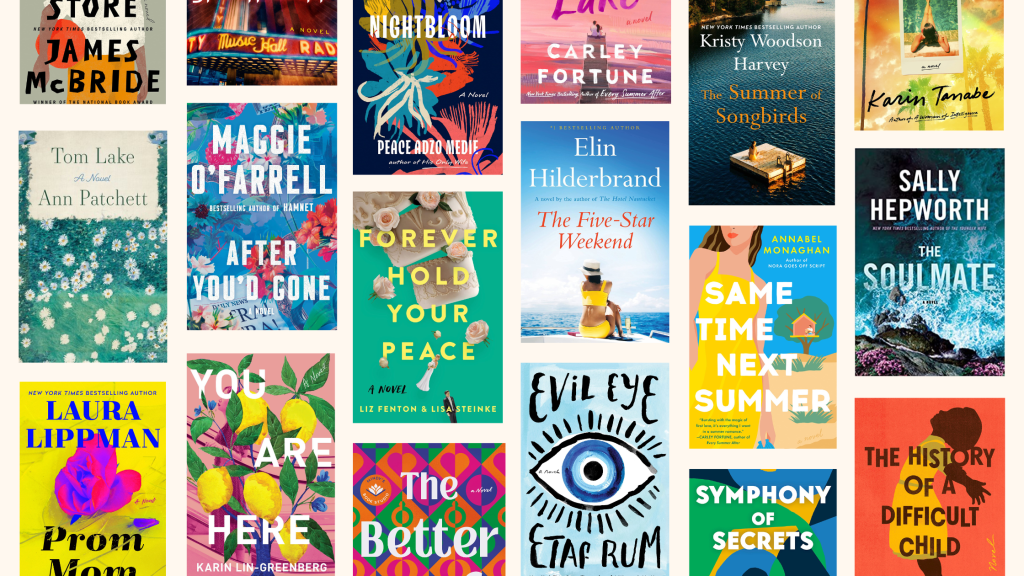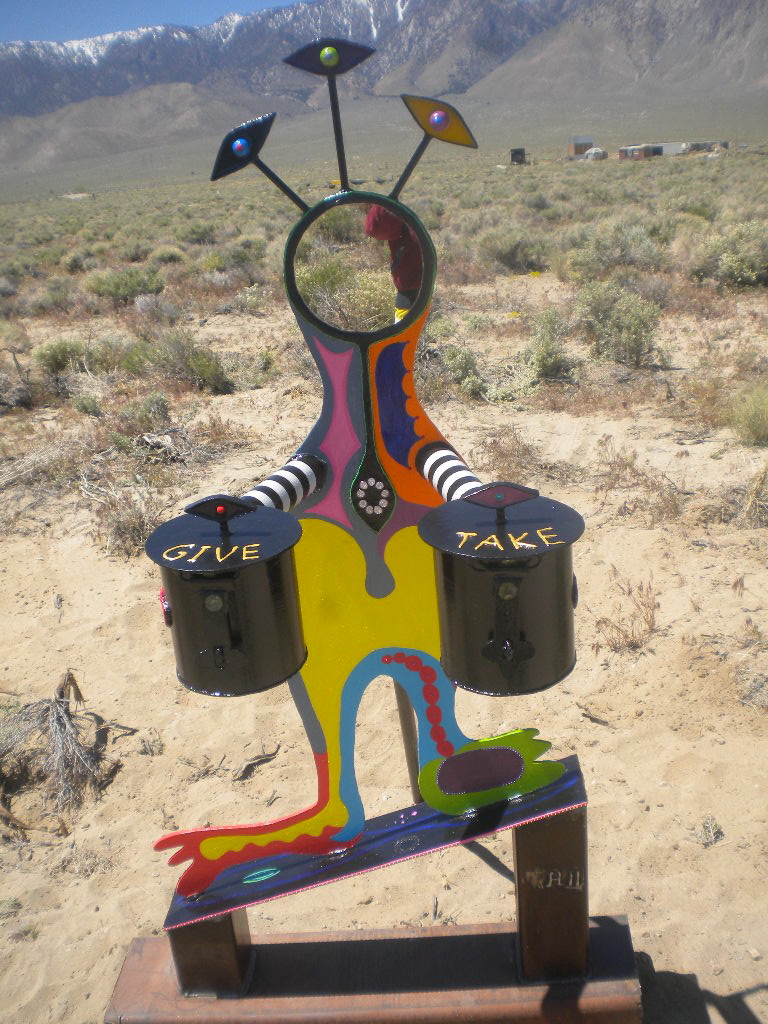
The Fastest Checkmate on the Board—By the Black Pieces, No Less!
I first learned how to play chess at the age of nine, thanks to the husband of my mother’s best friend. Ever since then, I was hooked. Central and Eastern Europeans have always had a special affinity for the game. My parents respected my love of the game even when they were annoyed by my being a bookworm: It was considered acceptable to Hungarians to go gaga over the game.
Mind you, I don’t consider myself to be a particularly strong player. My main weakness is my game to too undynamic, frequently bypassing attacking sacrifices and, what is worse, not paying close attention when attacking sacrifices are played against me.
On the other hand, I have taught over thirty people how to play the game. Some of them went on to beat me, the ungrateful pups!
In my retirement, I frequently play six or more games a day against the computers at Chess.Com. Shamefully, I take moves back when I have made an obvious mistake. And I tend to play weaker automated opponents. When I do play human opponents using Chess.Com, I find myself rated as a middling player, verging on (but never quite reaching) advanced status.
It is still possible to love the game when one is just what chess players refer to as a patzer.














You must be logged in to post a comment.